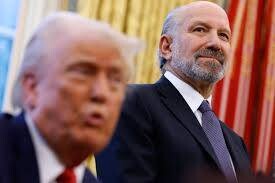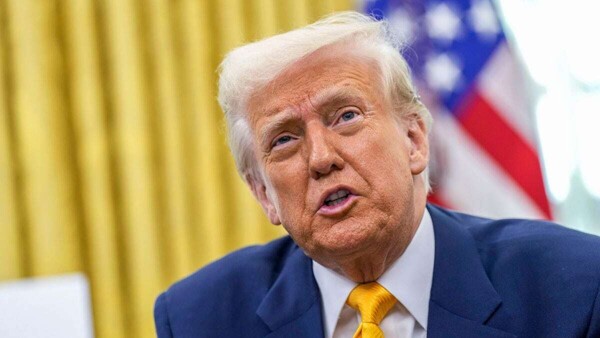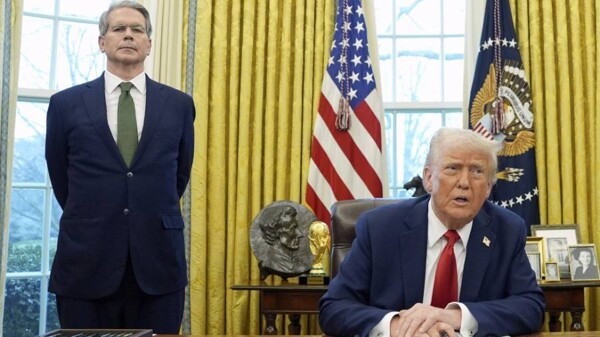
Several members of the Fed have expressed concern about inflationary pressures that could arise from the tariff policies implemented in the United States. It is even mentioned that some analysts suggest that interest rate cuts are unlikely. These potential increases are linked to the threats of tariff enforcement in certain sectors, which would have a direct impact on consumer prices in the U.S. by raising the costs of imported goods.
On one hand, it is suggested that to promote economic activity and employment, public spending could be increased or interest rates lowered, but these measures could lead to an increase in consumer prices. On the other hand, if the goal is to control inflation, one could opt to cut public spending or raise interest rates, which would affect aggregate demand and consequently have a negative impact on economic growth. This suggests that the United States may be approaching a stagflation scenario primarily derived from its economic and trade policies.
In this sense, private consumption in the U.S., key for economic growth, has experienced its worst decline in three years during the first months of 2025. The economic growth projections from the Atlanta Fed point to a contraction of 2.8% in the first quarter of that year, indicating a concerning scenario of potential negative consequences for the U.S. economy.
Furthermore, it is noted that stagflation is characterized by low economic growth accompanied by high levels of inflation, which poses a significant challenge for those designing economic policies. It is highlighted that many imported intermediate goods could elevate domestic production costs, further contributing to this complicated scenario.
In this context, significant declines in retail sales have been observed, as well as in consumer confidence according to surveys conducted by the Conference Board and the University of Michigan, especially related to the implementation of tariffs. On the other hand, figures from the Institute for Supply Management indicate a notable increase in prices in the manufacturing sector, adding further pressure to the economy.
In summary, the U.S. economy seems to be entering a stage of stagflation with potential negative macroeconomic impacts.














